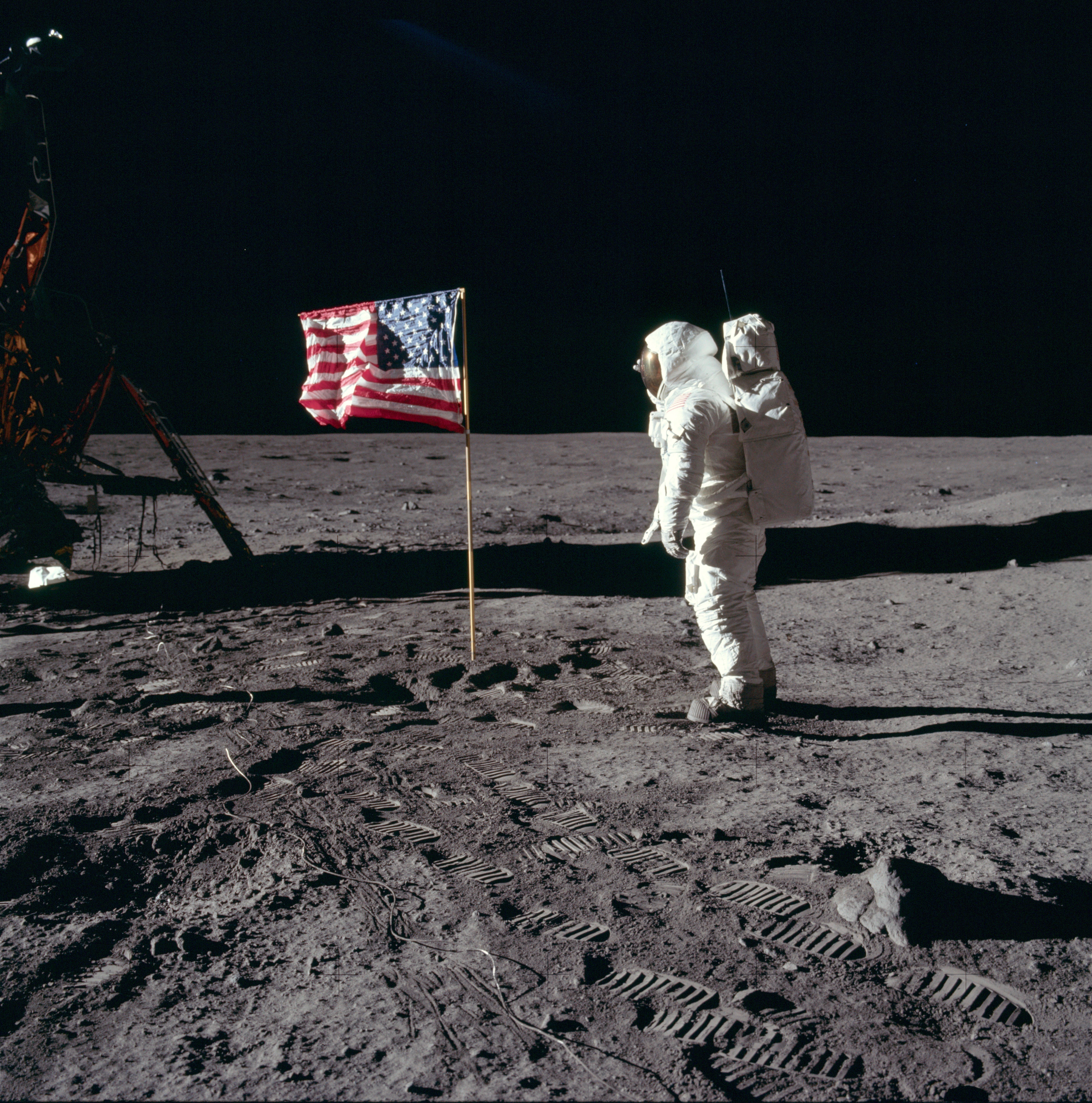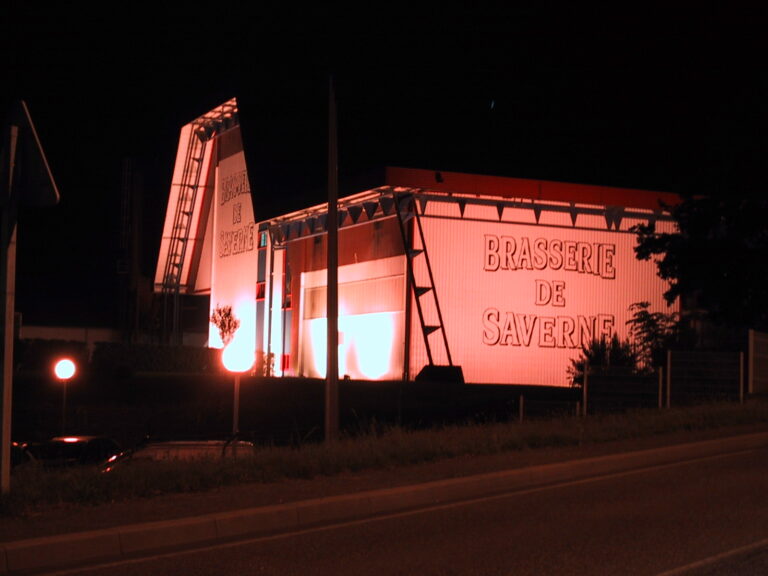Solar storm on the hottest day
Seems that as London and the midlands – not to mention much of central Europe – sizzle in 40°C temperatures, our planet is to be hit with unusual weather of a different kind: a solar storm. Activity in the upper atmosphere of the sun, known as the ‘corona’, creates huge ‘solar flares’. These generate powerful streams of charged particles known as ‘solar winds’, capable of travelling vast distances through the voids of space.
Direct Hit! A snake-like filament launched as a big #solarstorm while in the Earth-strike zone. NASA predicts impact early July 19. Strong #aurora shows possible with this one, deep into mid-latitudes. Amateur #radio & #GPS users expect signal disruptions on Earth's nightside. pic.twitter.com/7FHgS63xiU
— Dr. Tamitha Skov (@TamithaSkov) July 16, 2022
Whist not as fast as light (~300,000 km/s), solar winds move much faster than sound (~0.343 km/s), anywhere between 250 and 750 kilometres per second. One such solar storm is expected to hit Earth sometime on 2022-09-19.
The extent to which Earth will be affected by this particular storm is still unknown. But powerful storms can affect telecommunications such as radio, IT systems and can affect global positioning satellite (GPS) and power grids. A recent article in The Independent also suggests it could disrupt safety systems such as railway signalling.
However, it’s thought the most visible effect of this storm will be unusually strong aurora activity, expected well into mid latitudes. Aurora Borealis and Aurora Australis (AKA Northern and Southern Lights) are likely to seen much further from the planet’s poles than usual, as these powerful streams of charged particles interact with Earth’s upper atmosphere.
Data loss is unlikely this time. However, I am making an extra backup which I intend to disconnect from its power source and place in a grounded steel cabinet, just in case. 🙂
Nothing to do with the weather here on Earth
To be quite clear. This is a solar wind NOT an air wind. Solar winds are streams of charged particles that strike our planet typically travelling around 300,000 metres per second – around 1/1000 the speed of light. Not to be confused with the sort of winds we get on a windy day – streams of air, typically travelling between around 1-30 metres per second.
The effect of a solar wind is the Aurorae Borealis and Australis, together with effects on electrical and telecommunications systems. Which reminds me, I better check to see how those backup rsyncs are doing.
While we are on the subject of space
As an aside, the day after the solar storm, Wednesday, is the 53rd anniversary of the first man to set foot on the moon (1969-07-20 20:17 UTC).








